First response

Rating- 8/10
I think this movie is shot well and uses continuity editing well allowing you to watch the film without being completely aware of cuts. I think the story is timeless allowing it to be watched as entertainment instead of studying or learning from it. An iconic scene from this film for me is the final scene when rick lets Elsa leave Casablanca without him, it is memorable as i think its shot beautifully while capturing the characters felling and emotions towards the bitter sweet ending.
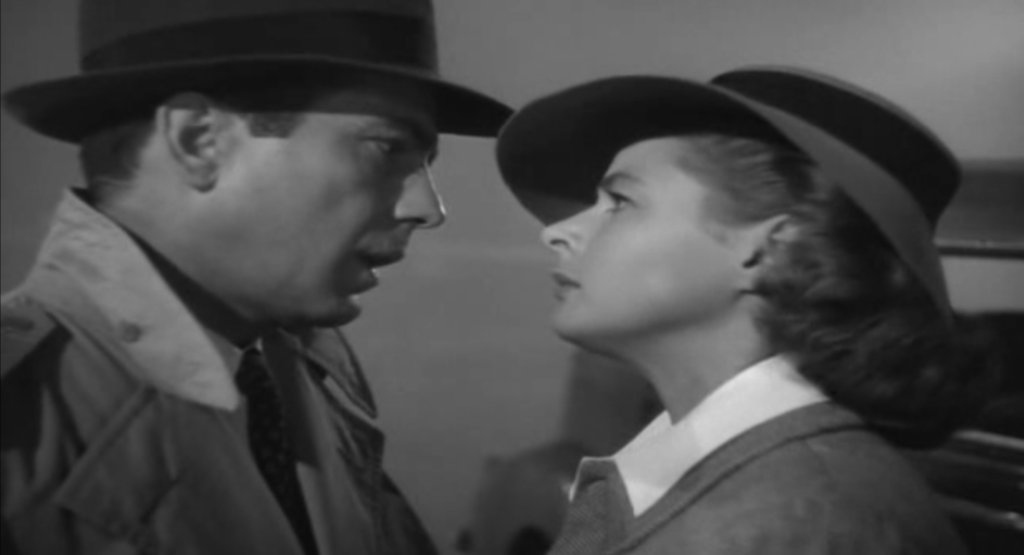
Michael Curtiz-
Hungarian director, made 173 films for warner brothers so he has knowledge of what its like leaving Europe. majority of the extras themselves where immigrants, therefore they where all portraying a experience they have lived. when they play the characters there is a huge amount of empathy and emotion when playing these roles for them.
Michael curtiz use of camera was unique, he broke away from the norm of the “Hollywood style” as the camera was usually kept still whereas he was moving the camera and the actors. the use of camera to actor choreography was key.
The script-
“Everyone comes to ricks” was received the day after the pearl harbour the Japanese bombed the American fleet in Hawaii at Perl harbour, Japan declared war on America. Boats where destroyed and people where killed. It was sent to many film composers however only 2 agreed to make it a movie, warner bros being the one to come out on top.
Mise en scene-
Within Casablanca mise en scene the set is designed to be very theatrical as at this time this was seen as real cinema. within the sets it was filled with plants and dangly lamps. with the use of painting with light the scenes where filled with shadows creating it to almost seem as though the characters are trapped, alluding to them being trapped in Casablanca.
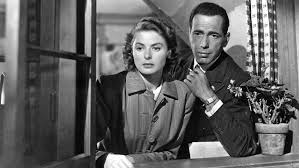
This picture encapsulates Casablanca’s mise en scene with the set, it looks theatrical which was intend at the time of making, as it was seen as “real cinima”. It has got plants and shutters to create shadows and meaning with light.
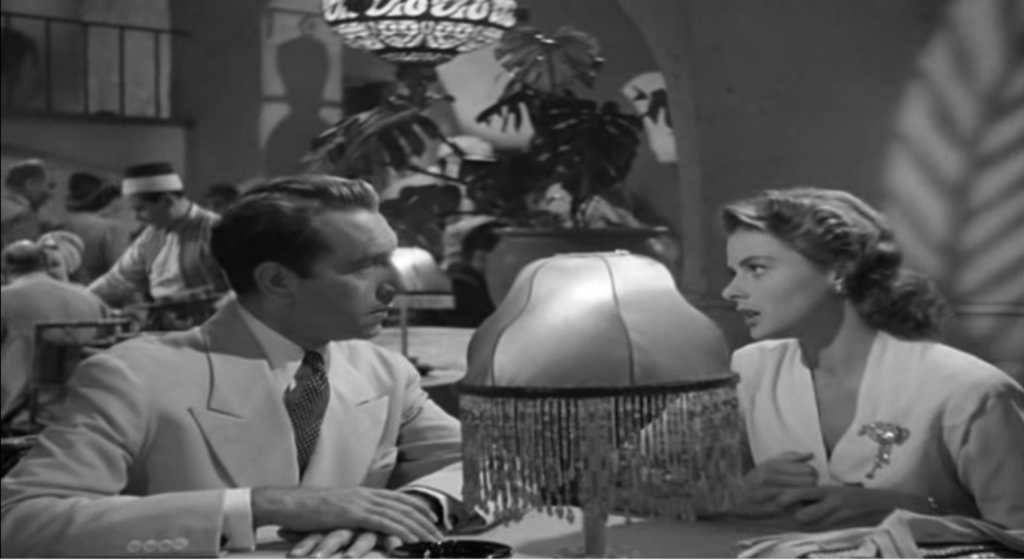
Editing-
The pacing of this movie is to make it feel as though it is short, however it is just he style of editing used. The toes from each shot are blended well by the editor though this the editor gives glances of movement, an example of this is the “22 scene” where rick is trying to help the woman’s husband gather enough money to leave Casablanca showing moments of emotion through rick.
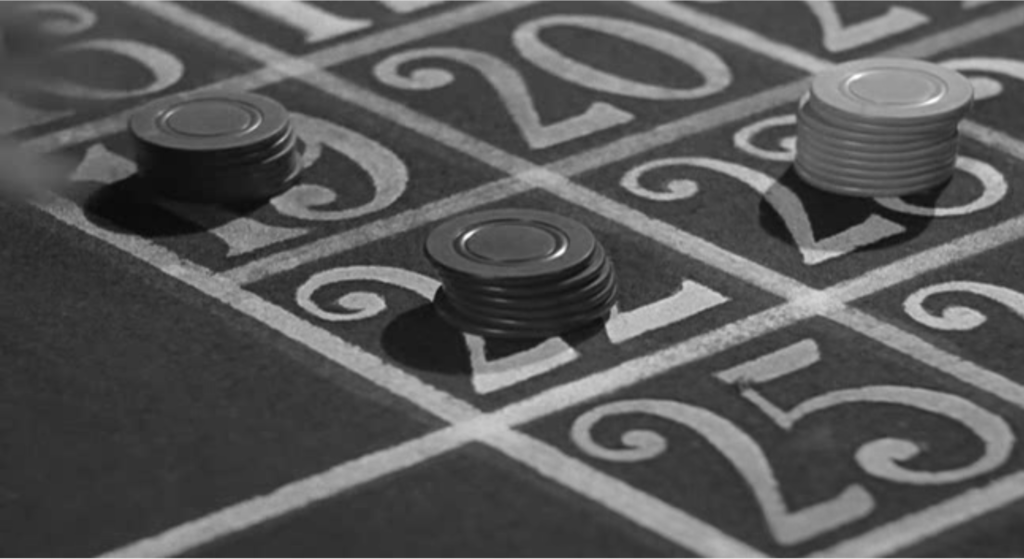
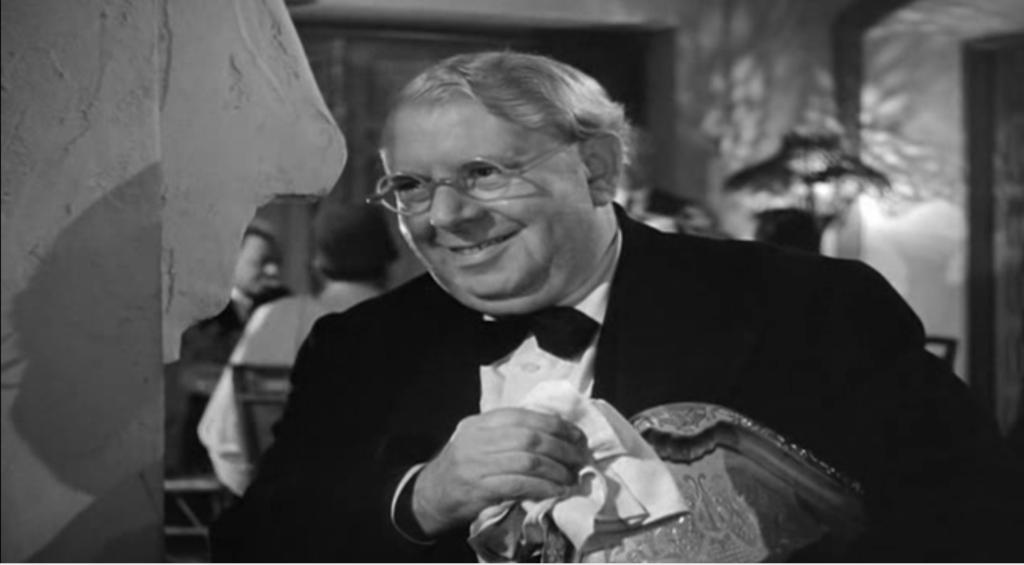
In this scene the camera cuts quickly to show everyone’s facial expressions.
Sound-
Music in Casablanca was constructed by Max Steiner, his music score was iconic to the film. the sound was dramatic and sometimes patriotic (seen in the singing scene) but the backing track of the film “time goes by” was originally not wanted to be in the film by Steiner however Ingrid refused and believed it should be in there. Within Steiner’s input to Casablanca it would be almost impossible to watch due to how much affect and emotion the score adds.
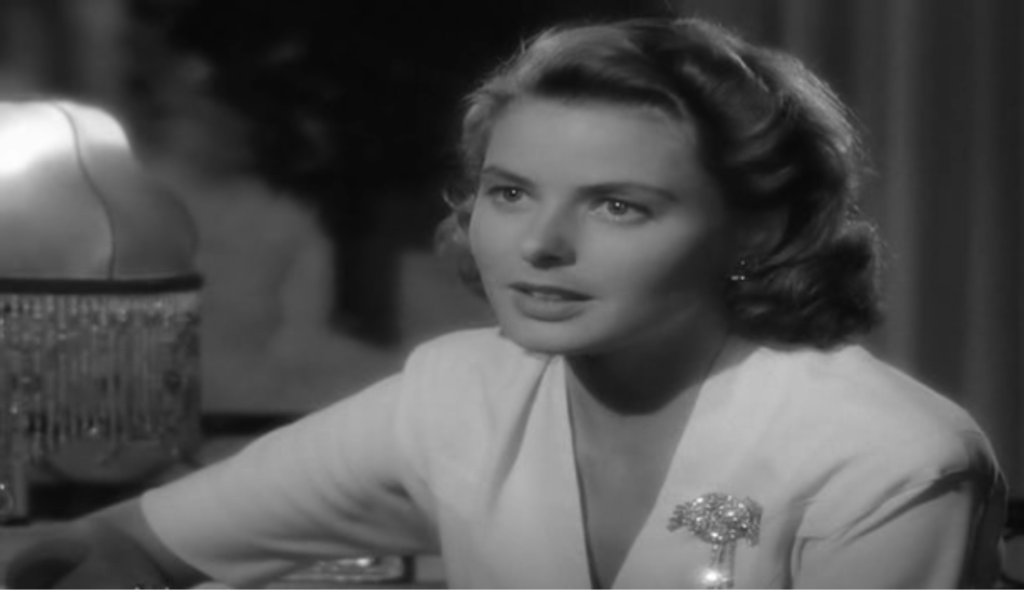
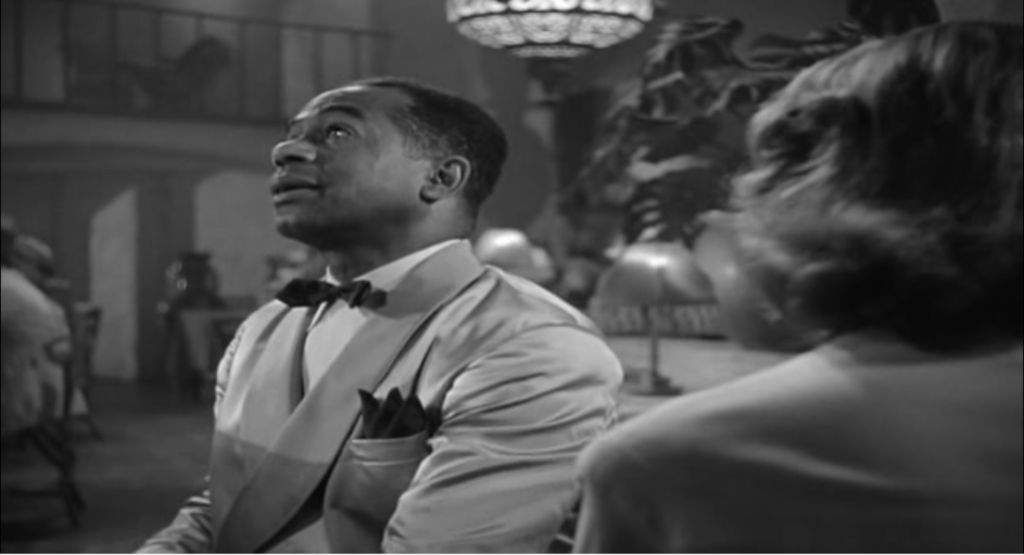
This scene where Elsa askes Sam to play “time goes by” in the introduction the the films score. This scene is iconic for its way of being shot beautifully paired with the melodic music. Giving a perfect basis for rick and Elsa’s meet cute.
Aesthetics-
The aesthetic through the film was tropical and forest-like, to the way Ingrid dresses and spoke to the set and to the extras the movie was supposed to be seen as exotic. In Ricks Americana there are plants covering the place and steam is produced from the bar to insinuate heat an tropical aspects. The use of lighting in this black and white film was crucial to create meaning and to add to the film noir aesthetic of it. the use of dark an light helps the story string along giving meanings behind the light and dark in some moments.
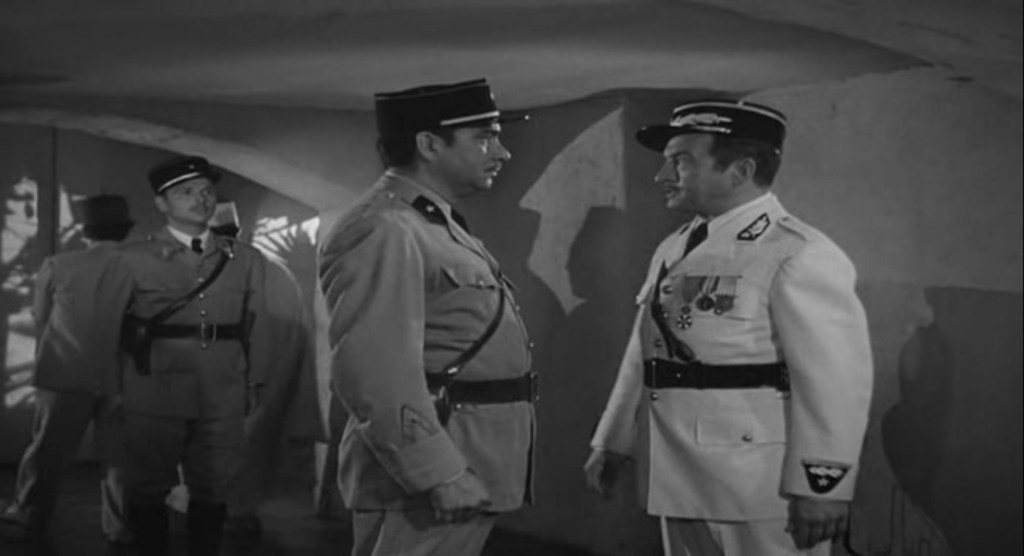
This scene depicts Casablanca’s aesthetic scene perfectly. Tt shows the elements the use of shadows and light adds to the film, the palm leaves reflecting in the back links to the “tropical” “exotic” theme.
Representation-
There is a surprising amount of different kinds of people in Casablanca due to the nature of the story. the cast and extras where all most likely immigrants from around the world and where essentially playing roles similar to their personal experiences. The representation of women in the film are conventional to the time it was made, there is very little black representation in the film with there being only one black character, Sam. However black representation at all was out of the ordinary for this day and age therefore it is breaking the stereotype.
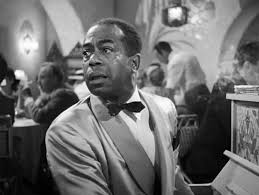
Political and social contexts-
Casablanca hit a nerve for American audiences as it made them see light, victory. after Casablanca was made there was an invasion of Casablanca therefore this movies timing was vital as that was the talk of the news. there was a clear sense of patriotism through the film for French and American audiences.
The Stars

Humphrey bogart- rick Blaine. his movies before Casablanca where all mostly gangster films. he had worked with warner bros before and they where building him to be a leading man, however he had never played a role like this before.

Ingrid Bergman – in Hollywood it wasn’t common foreign actors staring in movies however they wanted their love interest to be exotic and interesting for the American audience. she was 26 when she was cast, her first American role was a remake of a film she already did which was Swedish.
Paul Heinreid-
Paul Henreid was an Austrian-American actor, director, producer, and writer. He is best remembered for several film roles during the Second World War, including Capt. Karl Marsen in Night Train to Munich, Victor Laszlo in Casablanca and Jerry Durrance in Now, Voyager.
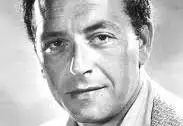
Claude Rains-
British American film actor, his acting debut was “the invisible man”.

Conrad Veidt-
German- British actor, previously famous from roles like “different from others” and the man who laughs.

Sydney Greenstreet-
his acting career began at age 61 his breakthrough role being the maltase falcon (1941).
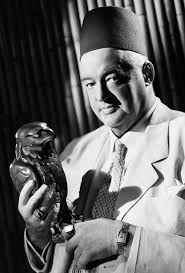
peter Lorre-
He was a Hungarian-American actor who starred in “The Maltese falcon” , being his acting debut.
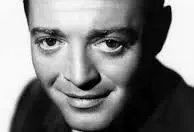
S.Z Sakall-
Hungarian actor who’s first big role was Casablanca. Moved from Hungary to America to pursue acting.
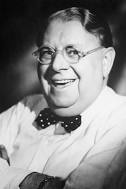
Madeleine Lebeau-
American film actress her most notable role was Casablanca
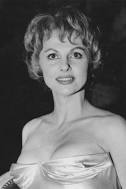
Arthur “Dooley” Wilson-
He was an American singer and actor with his most prominent role in Casablanca as Sam. he toured the world playing music in London and pars.
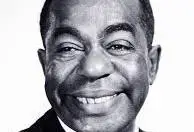
Joy Page-
She was an American actor her most famous role being Casablanca.
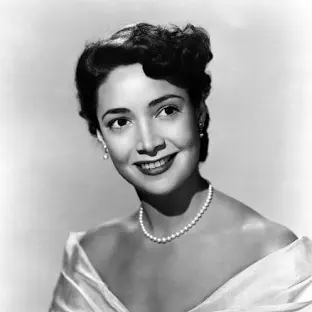
John Qualen-
John Qualen was an American character actor of Norwegian heritage who specialized in Scandinavian roles.
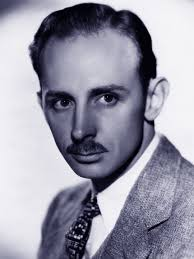
Your section on representation is very brief and doesn’t usew the headings as set out in the power point.
As you missed the lesson on Historical and Political contexts I recommend you read someone’s post (Dante and Oliver both write well about this. Once you’ve done that go back to your and add some notes – you need to know about isolationalism, and the serendipty (luck) that surrounded the opening of the film in Nov’42 – Jan 43.
Zeitgeist is also a term you need
Also missing is ideas and themes – which is closely linked to the above. It reflect the American public’s growing interest in WW2